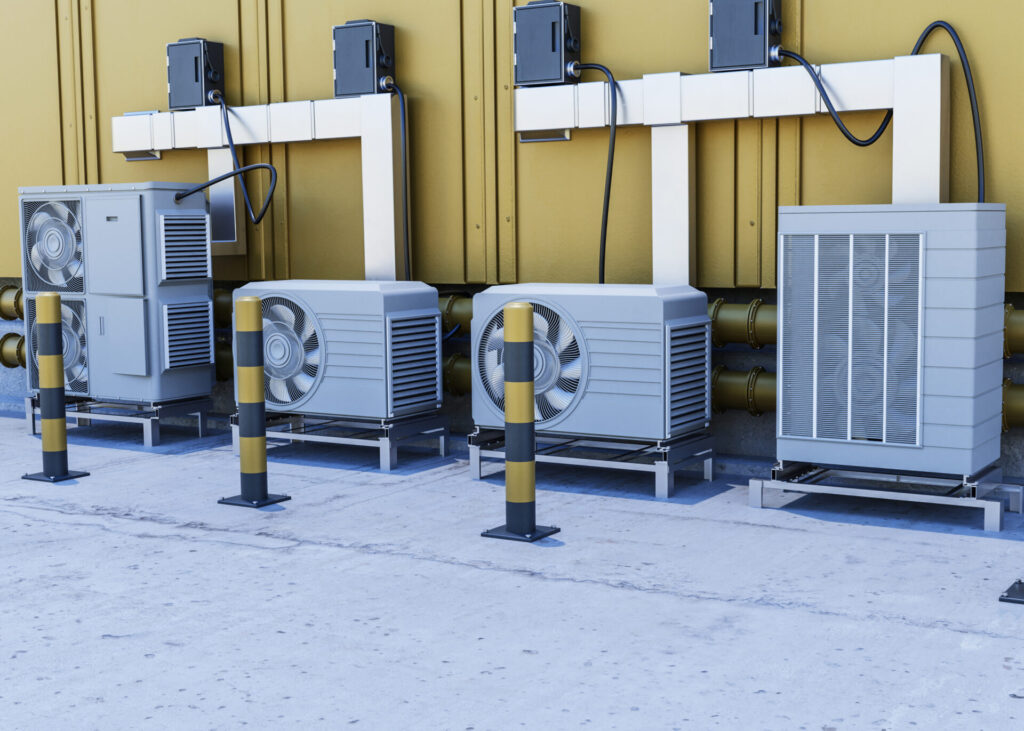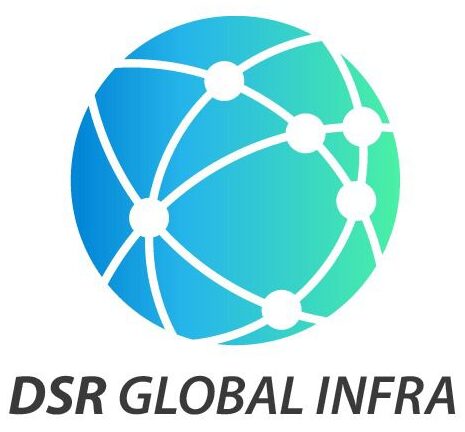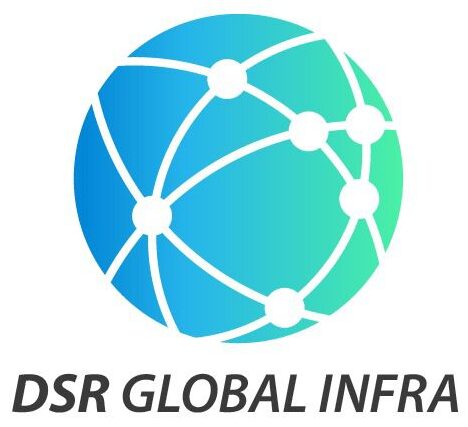
HVAC Operations and Maintenance
HVAC (Heating, Ventilation, and Air Conditioning) systems are critical for maintaining indoor comfort and air quality in residential, commercial, and industrial buildings. Proper operations and maintenance of HVAC systems ensure they run efficiently, reduce energy costs, and extend their lifespan. Below is an overview of key aspects related to HVAC operations and maintenance:
Operations
System Monitoring:
- Regularly monitor system performance, temperatures, pressures, and humidity levels.
- Use Building Management Systems (BMS) or Energy Management Systems (EMS) for automated monitoring and control.
- Energy Management:
- Optimize HVAC schedules based on occupancy.
- Implement energy-saving strategies such as economizers, demand-controlled ventilation, and variable speed drives.
Air Quality Management:
- Ensure proper ventilation rates to meet indoor air quality standards.
- Use air filtration and purification systems to remove contaminants.
Control Systems:
- Utilize programmable thermostats and advanced control systems for precise temperature and humidity control.
- Implement zoning to provide different conditions in different areas of a building.
Maintenance
Regular Inspections:
- Conduct routine inspections of HVAC components such as compressors, fans, coils, and ductwork.
- Look for signs of wear, corrosion, and leaks.
Filter Replacement:
- Replace air filters regularly to maintain airflow and air quality.
- Use high-efficiency particulate air (HEPA) filters where necessary.
Cleaning:
- Clean coils, blower fans, and other components to maintain efficiency.
- Remove debris from outdoor units to prevent obstruction.
Lubrication:
- Lubricate moving parts such as motors, bearings, and fans to reduce friction and wear.
Refrigerant Management:
- Check refrigerant levels and recharge if necessary.
- Inspect for refrigerant leaks and repair promptly.
Calibration:
- Calibrate thermostats, sensors, and control systems to ensure accurate operation.
Seasonal Maintenance:
- Perform specific maintenance tasks before the heating and cooling seasons.
- Inspect and service heating systems in the fall and cooling systems in the spring.
Troubleshooting Common Issues
Uneven Heating/Cooling:
- Check for blocked vents or ducts.
- Ensure zoning systems are functioning correctly.
Increased Energy Bills:
- Inspect for dirty filters or coils.
- Check for refrigerant leaks or failing components.
Unusual Noises:
- Investigate and tighten loose components.
- Replace worn-out parts like bearings or belts.
Poor Airflow:
- Clean or replace filters.
- Check for blockages in ducts or vents.
Short Cycling:
- Inspect thermostats and sensors.
- Ensure the system is properly sized for the space.
Documentation and Record-Keeping
- Maintain detailed records of all maintenance activities, including dates, tasks performed, and any issues identified.
- Keep a log of energy consumption to monitor efficiency and identify trends.
- Document any repairs or replacements of components.
Training and Safety
- Ensure maintenance personnel are trained and certified in HVAC operations and safety procedures.
- Follow safety protocols to prevent accidents, such as shutting down power before servicing equipment.

